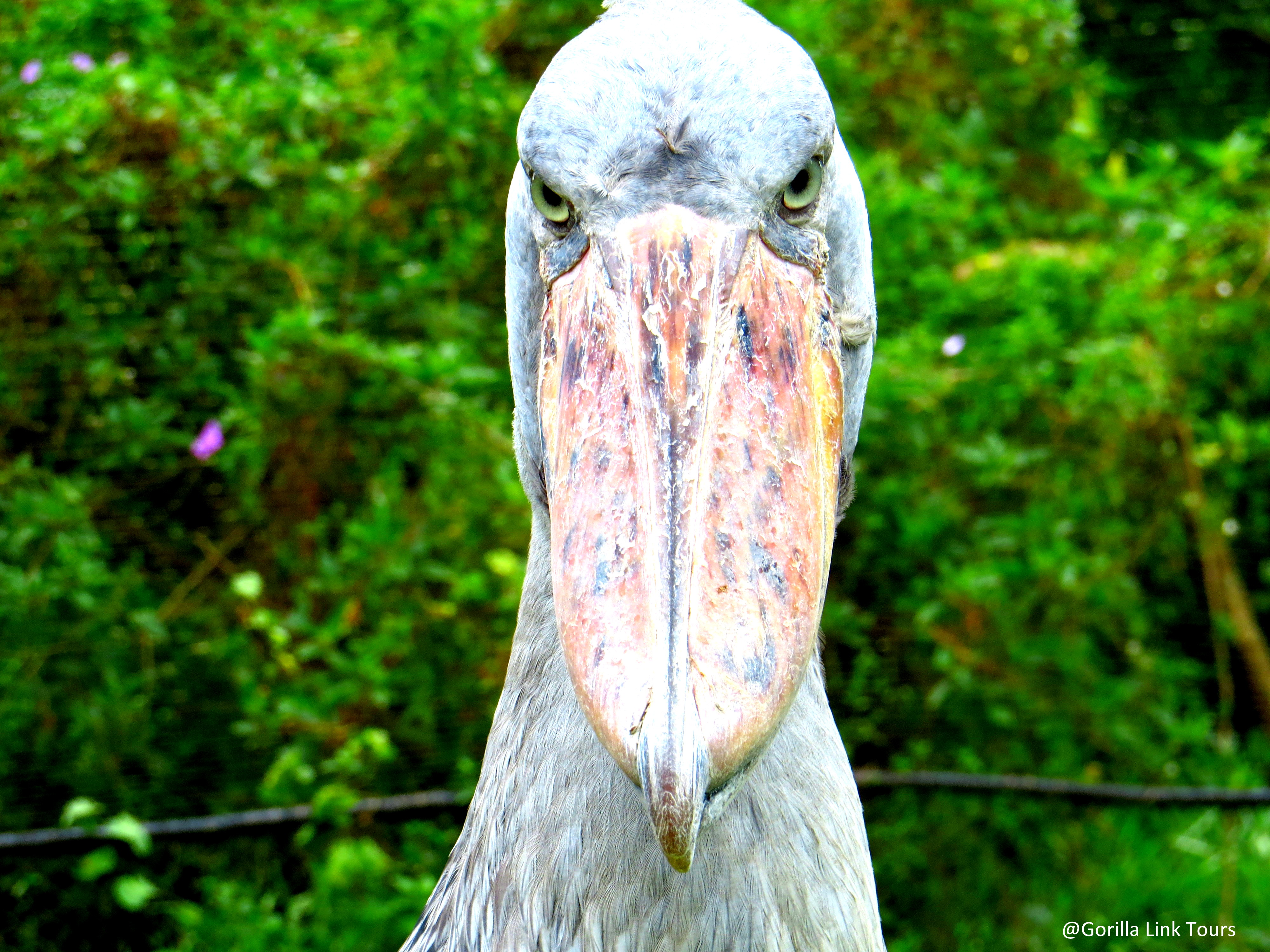
The other traits of shoebill includes they attack their younger ones. In spite of the fact that they are fearsome hunters, the shoebill is recorded as a endangered species types on the Global Association for Protection of Nature’s (IUCN) Red Rundown of Compromised Species, a preservation status that is just a stage above endangered. The feathered creature can without much of a stretch execute a lungfish with only a couple pushes of its bill prior to gulping it in a solitary swallow. When the shoebill focuses on a clueless casualty, it will fall its sculpture like posture and thrust at max throttle, penetrating its prey with the sharp edge of its upper beak. At times, shoebills will invest significant stretches of energy still while they hang tight for their prey. They show restraint trackers and gradually swim through the water exploring the domain for food. Shoebills chase during the daytime and go after little creatures like frogs, reptiles, lungfish, and even child crocodiles. But the most dangerous target is a very effective hunting weapon. The beak is also often used as a means of collecting water and cooling under the hot tropical African sun.

This sound is similar to a machine gun sound. First, the beak can emit a “crackle” that attracts peers and scares away predators. The inside of the beak is large enough for a wide variety of everyday use. The strength of the beak is often compared to wooden shoes, which is why this bird is given a special name. This deadly pelican is the third most abundant bird after storks and pelicans. Undoubtedly the shoebill most prominent feature is its main beak. Their Long and Strong Beaks Can Easily Crush Crocodiles Despite this similarity, customized shoesbill fall into a completely unique new family known as the Balaenicipitidae. The clubs also have some physical characteristics with storks. In fact, they looked like pelicans, especially when it comes to cruel hunting methods. In the past, the shoebill were called shoebill storks because they were similar in size and behavioral characteristics. Of course, these giant birds have closer relatives in the modern world. However, looking at the shoebill, it seems that this bird is not as developed as the evolution of its prehistoric relatives. The birds evolved from their prehistoric relatives, they removed the teeth on the muzzle and developed a beak again. In fact, birds evolved from a group of carnivorous dinosaurs called theropods, the same group that once belonged to the mighty Tyrannosaurus Rex, despite descended from smaller theropod species Source image: ati It is not for nothing that this bird is often compared to a dinosaur. The large 7-inch beak is strong enough to decapitate a 6-foot lungfish. The shoehorn or Balaeniceps rex has an average height of 4 feet. Are Shoebills Stork Really Living Dinosaurs?

It’s very well known for its prehistoric features. Most interestingly it was breed by ancient Egyptian. It stands 5 feet tall, sounds like a machine gun and can crush a crocodile to death. Shoebill Stork is an endangered Prehistoric Bird belonged to swamps of Africa, which evolved from dinosaurs.


 0 kommentar(er)
0 kommentar(er)
